White Marble Marvels: Exploring 6 of the World’s Most Iconic and Exquisite Sculptures
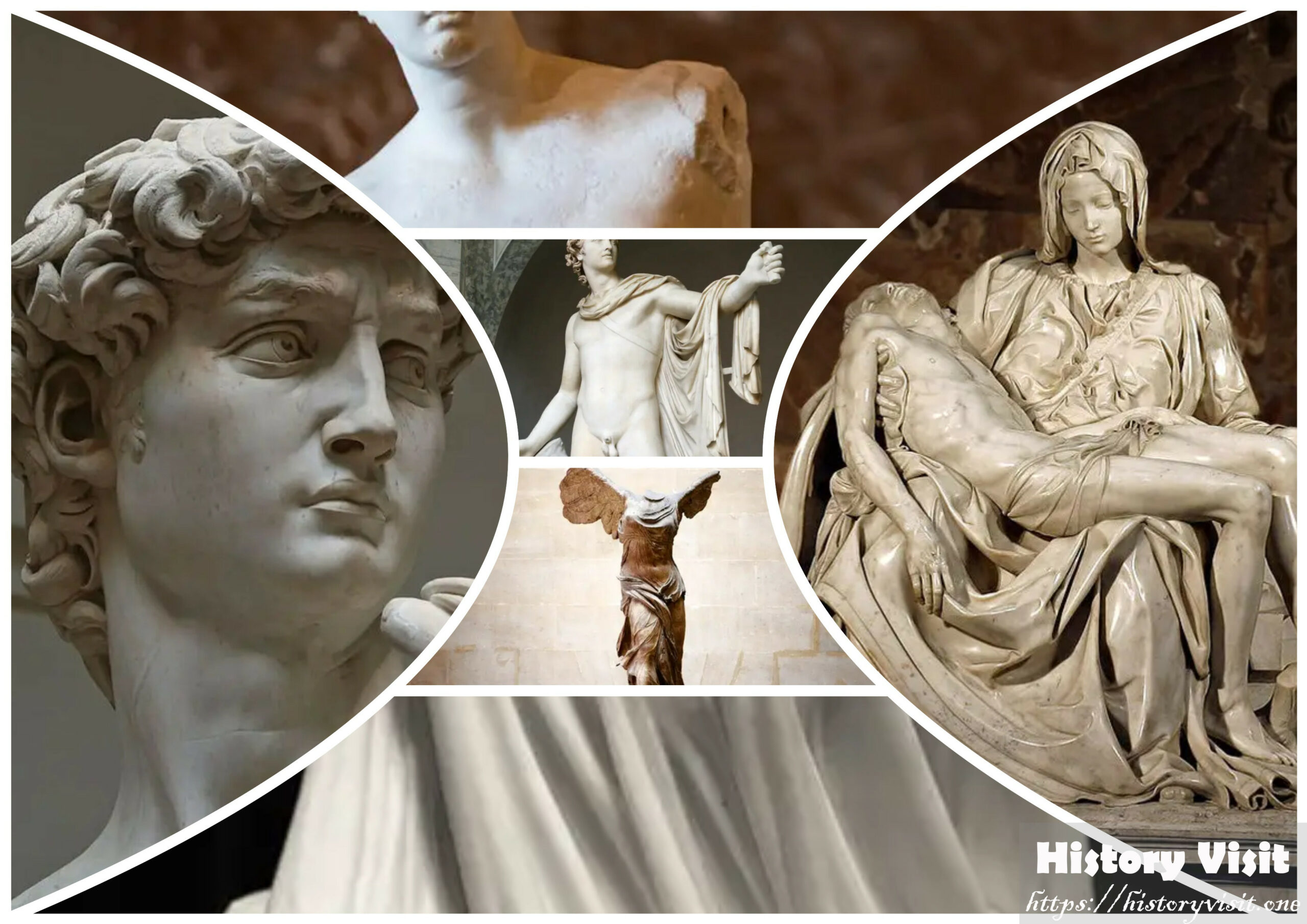
Introduction:
White marble stands as an enduring symbol of elegance and purity in the world of sculpture, serving as the chosen medium for some of history’s most revered masterpieces. From ancient wonders to Renaissance treasures, the artistry and craftsmanship displayed in these white marble sculptures continue to captivate and inspire viewers around the globe. Let’s embark on a journey to discover six of the world’s most celebrated white marble sculptures, each a testament to the enduring legacy of this remarkable material.
1. “David” by Michelangelo:

Introduction:
Michelangelo’s “David” stands as a monumental testament to the transformative power of white marble in the hands of a master sculptor. Carved from a single block of Carrara marble, this awe-inspiring masterpiece captures the essence of human perfection and determination.
Artist’s Earlier Life and Other Works:
Michelangelo Buonarroti, born in 1475 in Caprese, Italy, was a visionary artist whose talent knew no bounds. Throughout his illustrious career, he produced an impressive body of work, including the breathtaking ceiling of the Sistine Chapel and the iconic statue of “David.” His exploration of the human form and mastery of white marble continue to inspire generations of artists.
Dedication and Talent:
“The David” epitomizes Michelangelo’s unwavering dedication to his craft and his unparalleled talent for bringing stone to life. Every chisel mark and contour of the sculpture reflects his tireless pursuit of perfection, showcasing the full potential of white marble as a medium for artistic expression.
Beauty and Artistic Impression:
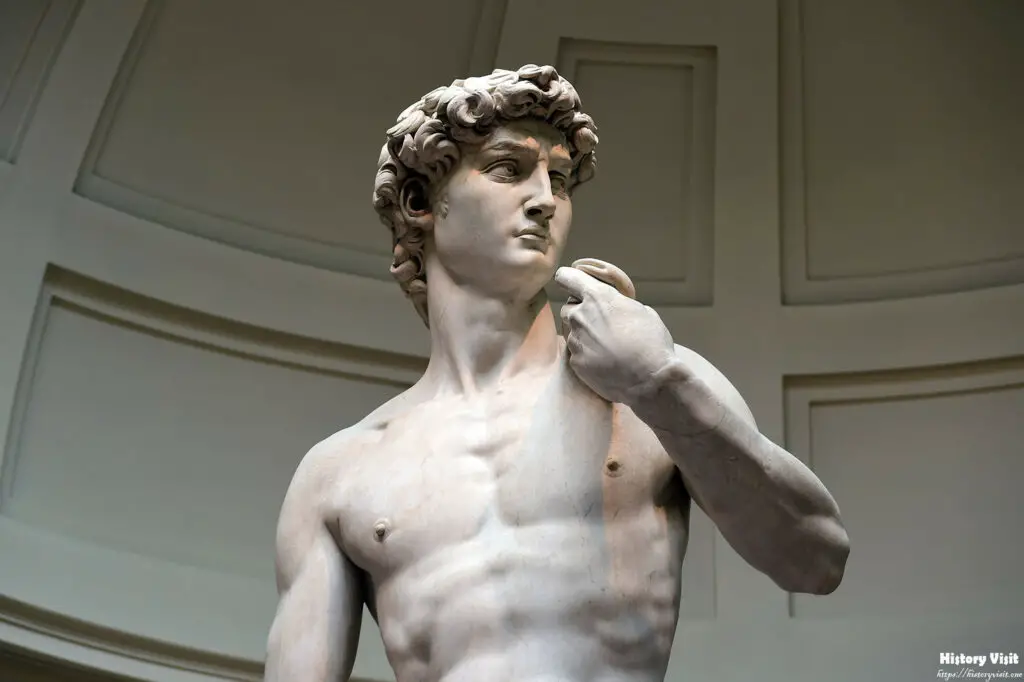
From the intricate musculature to the intense gaze, “David” exudes an aura of strength and resilience that transcends time. The play of light on the flawless surface of the marble enhances its ethereal beauty, inviting viewers to marvel at its sublime craftsmanship.
Impact on World Art:
Michelangelo’s “David” has left an indelible mark on the world of art, influencing generations of sculptors and serving as a symbol of human potential and triumph over adversity.
Conclusion:
As a pinnacle of white marble sculpture, Michelangelo’s “David” continues to inspire wonder and admiration, reminding us of the enduring power of art to elevate the human spirit.
2. “The Veiled Virgin” by Giovanni Strazza:
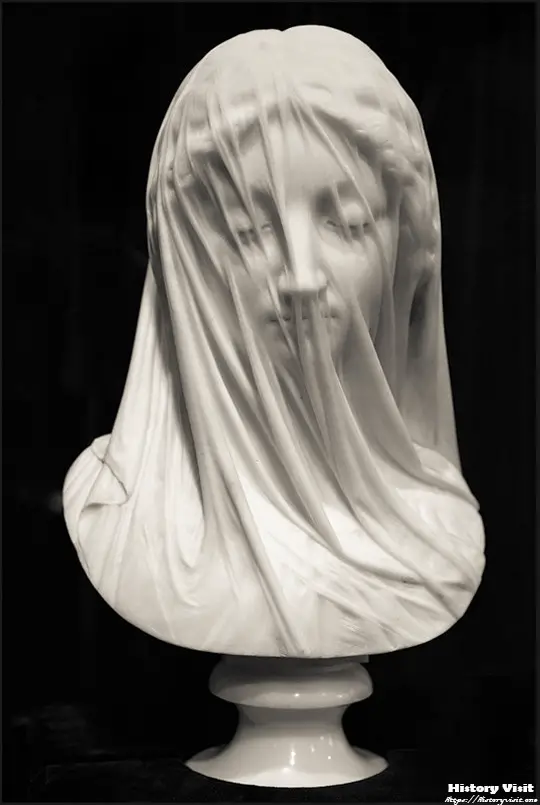
Introduction:
Giovanni Strazza’s “The Veiled Virgin” stands as a testament to the ethereal beauty and delicate craftsmanship that can be achieved with white marble. This mesmerizing sculpture, depicting the Virgin Mary with a translucent veil draped over her head, evokes a sense of serenity and reverence.
Artist’s Earlier Life and Other Works:
Giovanni Strazza, a gifted sculptor born in Milan in 1818, honed his craft through years of dedication and practice. While “The Veiled Virgin” remains his most renowned work, Strazza also created several other notable pieces, including “The Dead Christ” and “Eve After the Fall.”
Dedication and Talent:
“The Veiled Virgin” is a testament to Strazza’s exceptional talent and unwavering dedication to his art. The delicate intricacies of the veil, carved from solid white marble, showcase his meticulous attention to detail and his mastery of sculptural technique.
Beauty and Artistic Impression:
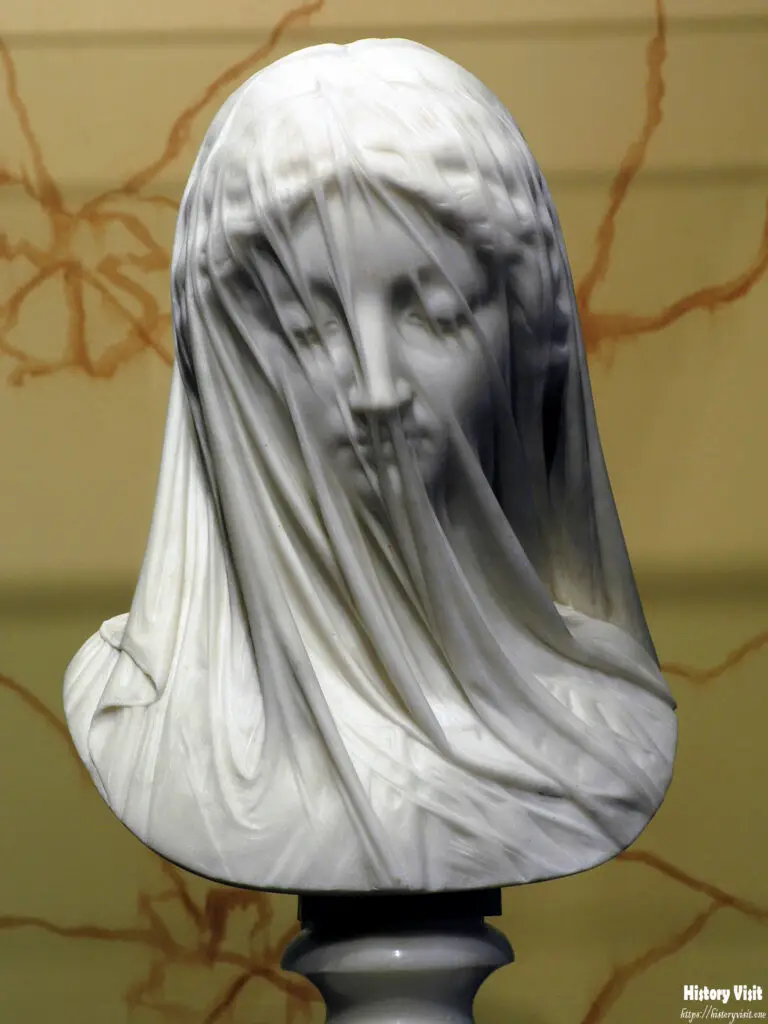
With its ethereal veil and serene expression, “The Veiled Virgin” exudes a sense of otherworldly beauty and grace. The translucent quality of the marble adds to the sculpture’s mystique, inviting viewers to contemplate the divine mystery it embodies.
Impact on World Art:
Strazza’s “The Veiled Virgin” continues to captivate audiences with its exquisite beauty and emotional resonance, leaving an indelible mark on the world of sculpture.
Conclusion:
As a sublime example of white marble sculpture, “The Veiled Virgin” stands as a testament to the timeless allure and transcendent power of art.
3. “The Venus de Milo”:
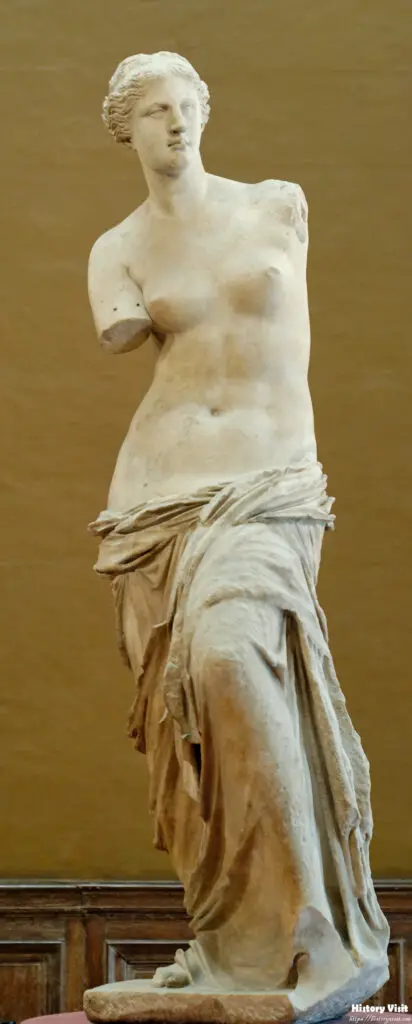
Introduction:
“The Venus de Milo” is an iconic white marble sculpture that stands as a timeless testament to the beauty and grace of the female form. Believed to have been created by Alexandros of Antioch around 100 BCE, this masterpiece has captivated audiences for centuries with its enigmatic smile and serene countenance.
Artist’s Earlier Life and Other Works:
The true identity of the artist behind “The Venus de Milo” remains a mystery, but its creator is believed to have been a skilled sculptor from ancient Greece. Little is known about their life, but their legacy lives on through this remarkable work of art.
Dedication and Talent:
“The Venus de Milo” is a testament to the dedication and talent of its anonymous creator. The sculpture’s flawless form and ethereal beauty showcase the artist’s mastery of white marble as a medium for artistic expression.
Beauty and Artistic Impression:
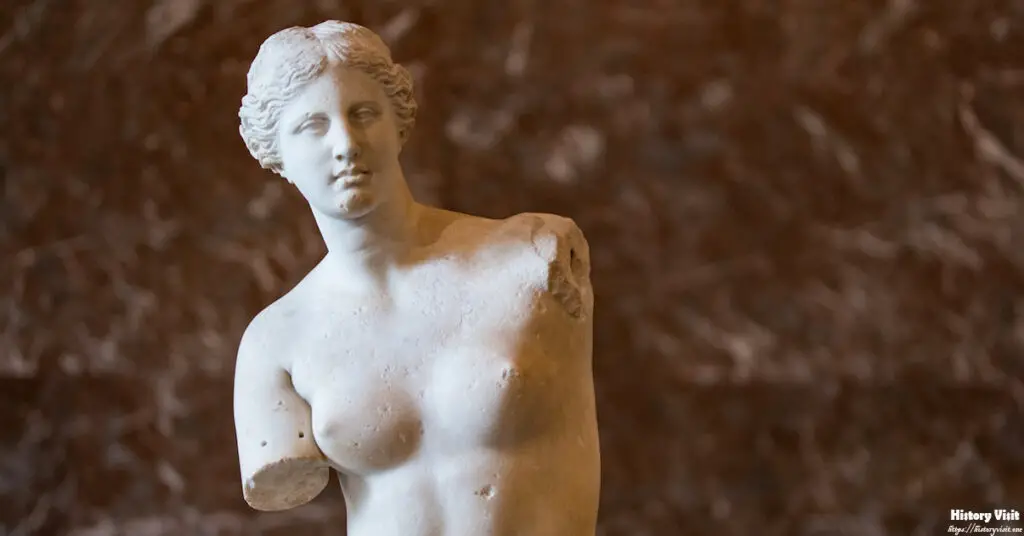
With its graceful pose and delicate features, “The Venus de Milo” exudes a sense of timeless beauty and elegance. The smooth surface of the marble enhances its ethereal quality, inviting viewers to marvel at its exquisite craftsmanship.
Impact on World Art:
“The Venus de Milo” has had a profound influence on the development of Western art and sculpture, serving as a source of inspiration for artists throughout history.
Conclusion:
As a masterpiece of white marble sculpture, “The Venus de Milo” continues to inspire wonder and admiration, reminding us of the enduring power of art to transcend time and space.
4. “Apollo Belvedere” by Leochares:

Introduction:
“The Apollo Belvedere” stands as a testament to the enduring beauty and grace of the human form, captured in flawless white marble by the sculptor Leochares in the 4th century BCE. Housed in the Vatican Museums, this iconic masterpiece continues to inspire wonder and admiration.
Artist’s Earlier Life and Other Works:
Leochares, a prominent sculptor of the Classical period, was revered for his ability to imbue stone with life and emotion. Born in Athens, he left an indelible mark on the world of art through masterpieces such as “The Apollo Belvedere” and other notable works.
Dedication and Talent:
“The Apollo Belvedere” showcases Leochares’ exceptional talent and dedication to his craft. The sculpture’s elegant proportions and lifelike pose capture the god Apollo in all his divine splendor, showcasing the full potential of white marble as a medium for artistic expression.
Beauty and Artistic Impression:
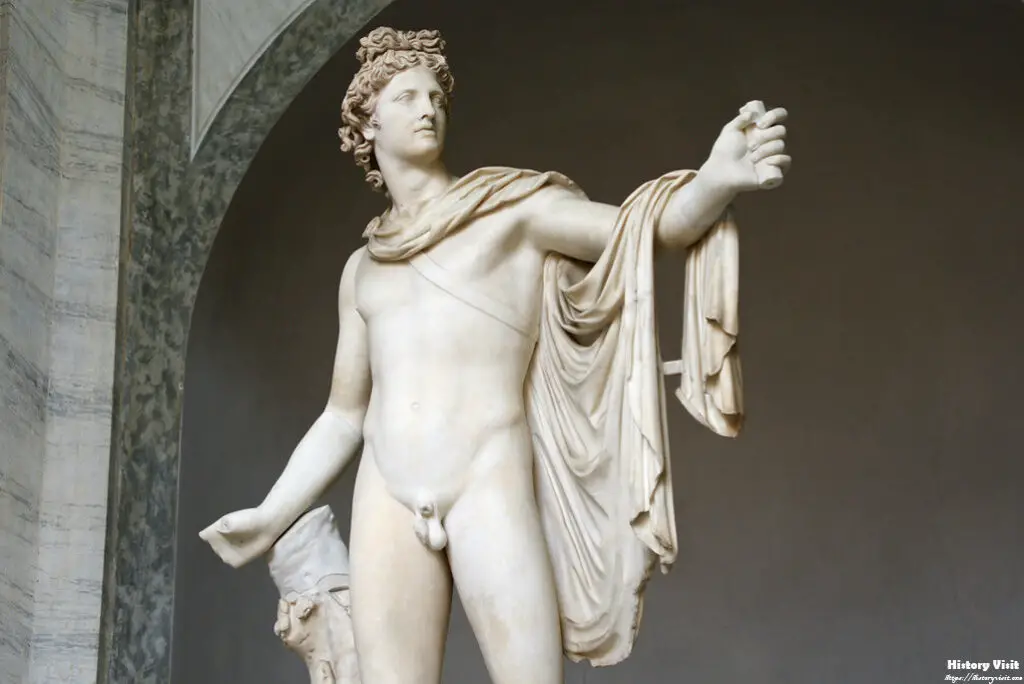
With its serene expression and idealized features, “The Apollo Belvedere” exudes an aura of timeless beauty and majesty. The flawless surface of the marble enhances its ethereal quality, inviting viewers to marvel at its exquisite craftsmanship.
Impact on World Art:
Leochares’ “The Apollo Belvedere” has had a profound influence on the development of Western art and sculpture, shaping the way we perceive and represent beauty in art.
Conclusion:
As a masterpiece of white marble sculpture, “The Apollo Belvedere” continues to captivate audiences with its sublime beauty and divine presence, reminding us of the enduring power of art to elevate the human spirit.
5. “Winged Victory of Samothrace”:

Introduction:
The “Winged Victory of Samothrace,” also known as the Nike of Samothrace, is a breathtaking masterpiece of Hellenistic
sculpture carved from gleaming white marble. Discovered on the island of Samothrace in 1863, this iconic sculpture embodies the triumphant spirit of victory and grace.
Artist’s Earlier Life and Other Works:
The identity of the sculptor behind the “Winged Victory of Samothrace” remains shrouded in mystery, but their artistic brilliance is evident in this timeless masterpiece. Believed to have been created in the 2nd century BCE, the sculpture is a testament to the skill and craftsmanship of ancient Greek artists.
Dedication and Talent:
The “Winged Victory of Samothrace” stands as a testament to the talent and dedication of its anonymous creator. The dynamic composition and intricate detailing of the sculpture reflect the artist’s mastery of white marble as a medium for artistic expression.
Beauty and Artistic Impression:
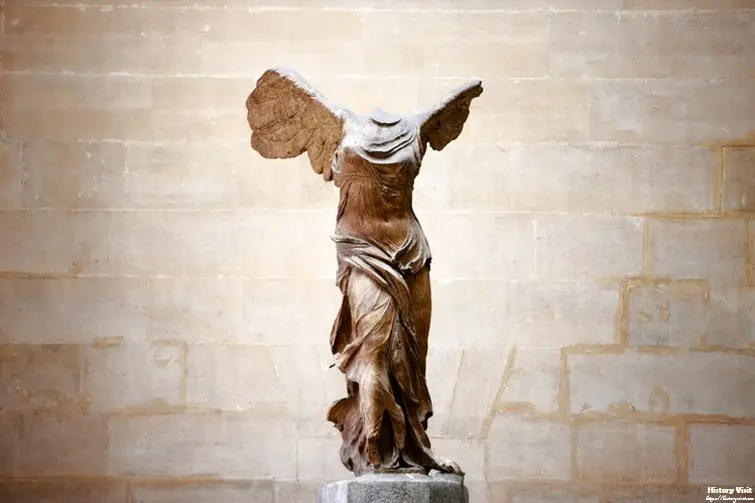
With its outstretched wings and billowing drapery, the “Winged Victory of Samothrace” exudes a sense of movement and grandeur that captivates viewers. The flawless surface of the marble enhances the sculpture’s ethereal beauty, evoking a sense of awe and admiration.
Impact on World Art:
The “Winged Victory of Samothrace” has had a profound influence on the development of Western art and sculpture, serving as a source of inspiration for artists throughout history.
Conclusion:
As a masterpiece of white marble sculpture, the “Winged Victory of Samothrace” continues to inspire wonder and admiration, reminding us of the enduring power of art to transcend time and space.
6. “The Pieta” by Michelangelo:
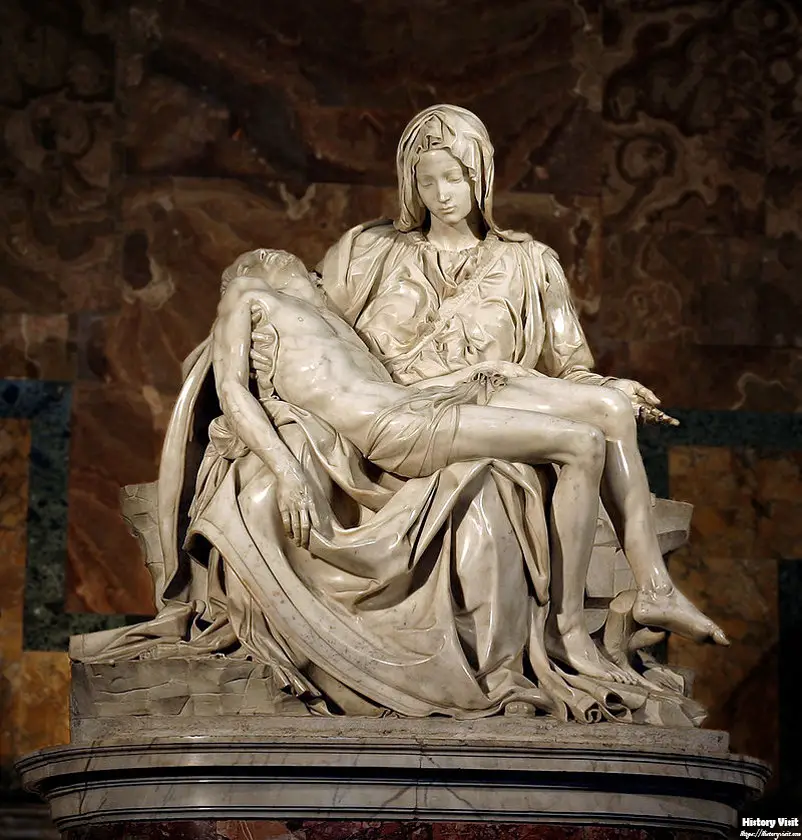
Introduction:
“The Pieta” stands as a timeless masterpiece of Renaissance sculpture, carved by the legendary artist Michelangelo from a single block of Carrara marble. This poignant depiction of the Virgin Mary cradling the lifeless body of Jesus Christ conveys a profound sense of grief and compassion.
Artist’s Earlier Life and Other Works:
Michelangelo Buonarroti, born in 1475 in Caprese, Italy, was a visionary artist whose talent reshaped the course of Western art. Throughout his illustrious career, he created an impressive body of work, including the breathtaking ceiling of the Sistine Chapel and the iconic statue of “David.” “The Pieta” remains one of his most revered achievements, showcasing his unparalleled skill and mastery of white marble sculpture.
Dedication and Talent:
“The Pieta” is a testament to Michelangelo’s extraordinary talent and dedication to his craft. The intricate detailing and emotional intensity of the sculpture reflect his deep understanding of human anatomy and emotion, as well as his mastery of white marble as a medium for artistic expression.
Beauty and Artistic Impression:
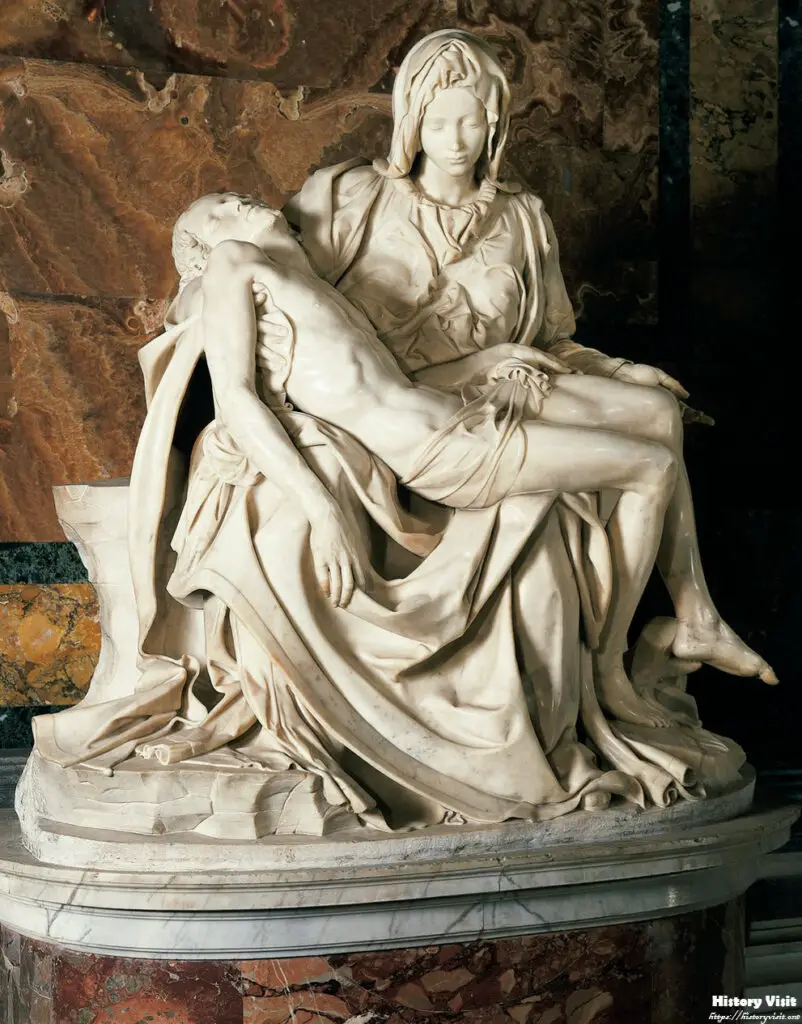
With its delicate features and serene expression, “The Pieta” exudes a sense of profound sorrow and compassion that touches the heart of all who behold it. The flawless surface of the marble enhances its ethereal beauty, creating a powerful and emotive work of art.
Impact on World Art:
Michelangelo’s “The Pieta” has had a profound influence on the development of Western art and sculpture, serving as a source of inspiration for generations of artists and viewers alike.
Conclusion:
As a masterpiece of white marble sculpture, “The Pieta” continues to resonate with audiences around the world, reminding us of the enduring power of art to evoke emotion and inspire the soul.


